One of the airiest places in the city, the Kanheri Caves premises offers a pleasant break from the pollution and the noisy, metropolitan life. Nestled in the Sanjay Gandhi National Park at Borivali, the Kanheri Caves are also known as the ‘lungs of Mumbai’, because this is the only place in the city with the maximum amount of greenery and consequently, a lot of fresh air. The caves date back to 1st century BC and are believed to be one of the oldest cave formations of the country. The Kanheri Caves are renowned for their natural Basalt formations, ancient Indian styled architecture and the 109 special entrances to the caves. The word Kanheri originates from the Sanskrit term ‘Krishnagiri’. Each cave here, unlike the other caves in the country, is adorned with a ‘splinth’ or a rock bed. Congregation halls with large stupas also indicate that the caves were Buddhist shrines and a focal point during the Buddhist settlement in the 3rd century. The Kanheri Caves became a distinctive Buddhist institution for congregational worship, study and meditation.
About Kanheri Caves
Kanheri Caves are an extensive network of prehistoric cave formations located in the suburban region of Borivali in Mumbai. This network of over a hundred caves dates back to the 1st century and it is believed that the construction of these rock-cut monuments continued well into the 10th century.
This passage of time can be traced in the intricacy of different caves as you can distinguish between the earlier ones from the new ones as being much simpler. The paintings, sculptures and carvings in the later caves are much more sophisticated. The caves home Buddhist sculptures and the architecture is heavily inspired by ancient Buddhist motifs. Today, one of the caves has been converted into a monastery and holds an important place in the religion.
The setting of the caves is as picturesque and beautiful as the caves themselves. These basalt formations sit against the backdrop of lush greenery which extends miles upon miles, at what is considered the world’s largest reserve within a major city’s limits. The caves lie at a distance of around 5 kilometres from the national park’s entrance.
You can choose to rent bicycles, walk or hop on buses that operate every 20 minutes from the entrance. Once you reach the caves, you can enjoy the surrounding scenery from the vantage point, eat delicious local food at the restaurant or start exploring the caves straight away.
The place also offers excellent opportunities for photography and videography. Also, if you want to explore the natural beauty surrounding the caves, you can go for picnics near waterfalls and hikes on the hills.
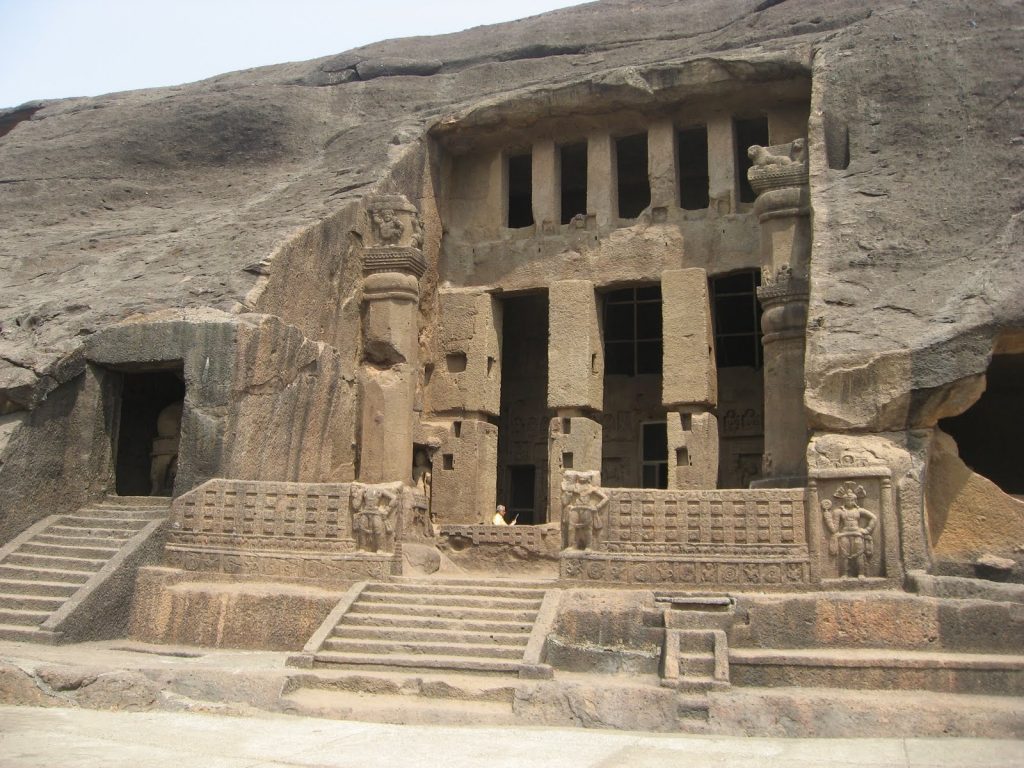
History of Kanheri Caves:
The history of Kanheri Caves can be traced back to the spread of Buddhism in the region. These were an important Buddhist learning centre and a site for pilgrimage for the Buddhist monks between the 9th century and 1st century BCE.
The ancient congregation halls have large stupas which are proof of the position of the caves as important Buddhist shrines at the time. The place also became the focal point of Buddhist settlement in the region during the 3rd century.
The caves were used for congregational worship, for studying the scriptures and for meditation. Since then these caves were being used for living, studying and meditation, they came to be known by the name of Buddhist Viharas. Kanheri Caves also served as a university during the rule of Kushanas and Mauryas.
The name of the caves has been derived from the Sanskrit word ‘Krishnagiri’ which translates to the black mountain. It gets its name from the black basaltic stone out of which the caves have been carved.
What makes these caves an ancient architectural wonder, is the fact that they have been carved out of a single bedrock which makes them unique in the entire country. These masterfully designed caves also had water cisterns dug skillfully to enable rainwater harvesting during the summer months.
How to Reach Kanheri Caves

From Mumbai Airport:
There are several ways of getting to the Kanheri Caves from the Mumbai Airport:
-You can take the express bus C-72EXP and C-71EXP and get off at Dattani Park from where you can take a taxi.
-You can also take a direct taxi from the airport to Sanjay Gandhi National Park in order to reach the caves.
-If you have a car, you can drive for 20 kilometres to get to the caves from the airport.
Best Time to Visit Kanheri Caves
The best time to visit Kanheri Caves is during the winter months that extend from November till March. At this time of the year, the weather is cool and dry and you can easily hike the whole distance. Another great time when the mercury drops are during the monsoon months of July to September. If you do not mind getting drenched, you can also hike at this time of the year when the natural beauty of the place is at its best.
Other Essential Information About Kanheri Caves
Location – The caves are located inside the Sanjay Gandhi National Park in Mumbai, in the suburbs of Borivali. After entering the national park, you must cover a distance of approximately 5 kilometres to reach the caves.
Timings – The caves are open between 7:30 AM to 5:00 PM every day except for Mondays.

Trekking at Kanheri Caves:
Once you reach the entrance of these prehistoric caves, you can easily spend two hours hiking in the area. The paths are well-laid with rock-cut steps and bridges that connect the different parts of the network of caves. Both beginners and seasoned hikers can easily navigate the route, year-round. Although it is still a simple trek, special care must be taken during monsoons when the stones can become slimy and slippery due to the rain.
Once you are done viewing all the caves, you can also continue your trek further into the wild. The more you walk, the more rugged terrain gets. Therefore, it is advisable to wear comfortable shoes and come prepared with the proper gear if you plan to hike further.
If you do plan to hike further, you can climb up to Jambhulmal which is also known as ‘Mumbai’s Highest Point.’ Jambulmal sits at a staggering height of 1535 feet above sea level. This trail offers several opportunities for bird watching, butterfly spotting and overnight camping. From this point, you can also view the Tulsi and Vihar lakes and also enjoy panoramic views stretching from Powai and reaching all the way to Dahisar.
Tips for Visiting Kanheri Caves:
-It is best to come early in the morning if you want to beat the crowds
-If you are travelling in the summer months, do not forget a proper hat and sunscreen
-Beware of the monkeys that sit along the entrance walls and might snatch food if you are carrying it in your hands
-Wear comfortable shoes and avoid wearing heels or beach slippers
-If you are travelling during the winter months, do not forget a raincoat
-There is a restaurant at the top where you can buy food and water
-There is a small entry fee that you have to pay in order to enter the cave complex
-Although there are no strict rules but it is a place of great religious importance for the Buddhists and therefore the sanctity of the place must be maintained at all times
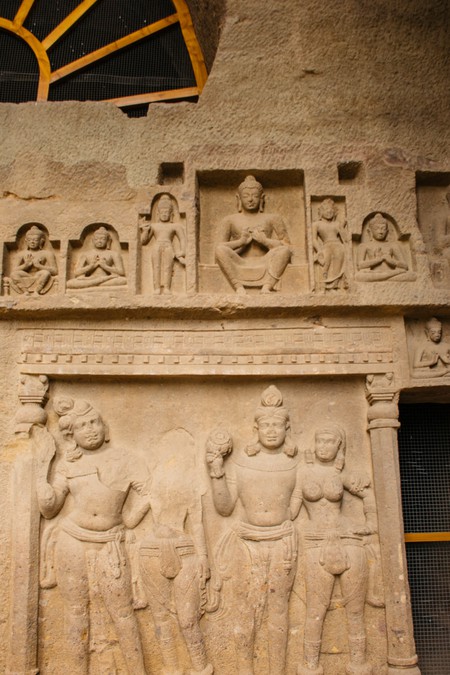
How to Reach:
By Air
The nearest domestic and international airport from Kanheri caves is Chhatrapati Shivaji Maharaj International Airport, Santa Cruz, Mumbai.
By Train
The nearest railway station is Borivali railway station on Western Railway. Kanheri caves is about 8-10 km away from Borivali station.
By Road
The nearest bus station to Kanheri caves is Borivali bus station. Kanheri caves is about 8-10 km away from Borivali bus station



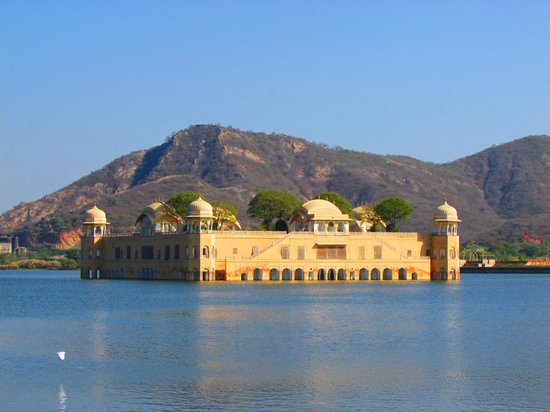





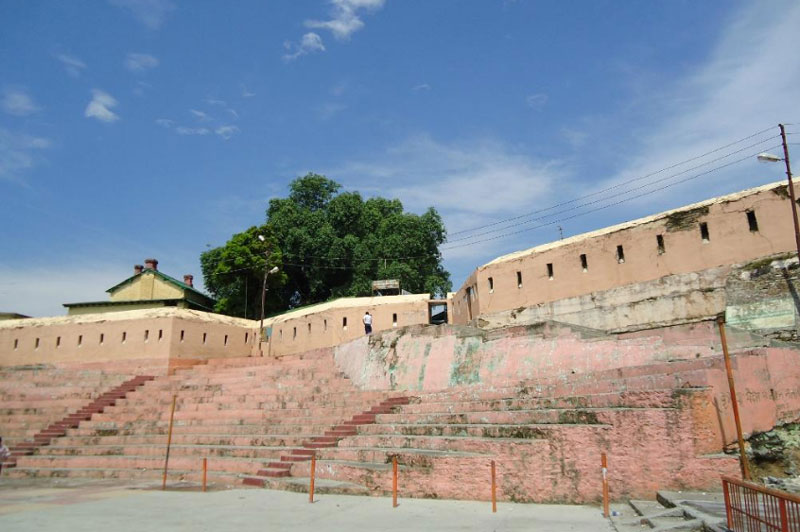
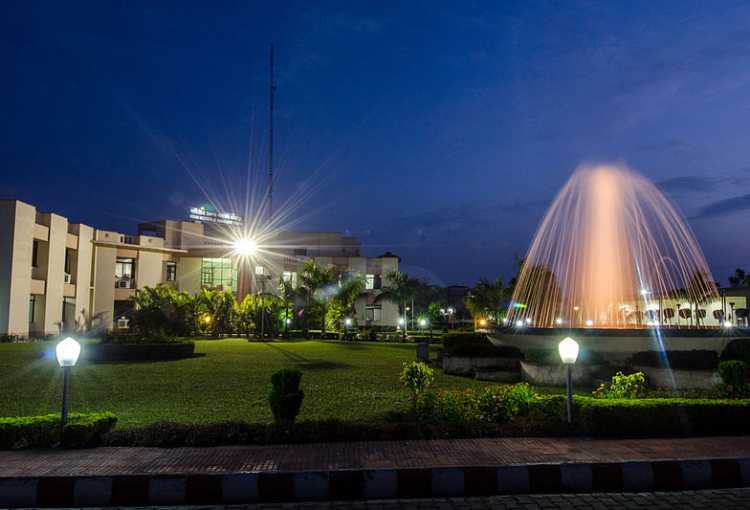


6 Comments
Comments are closed.